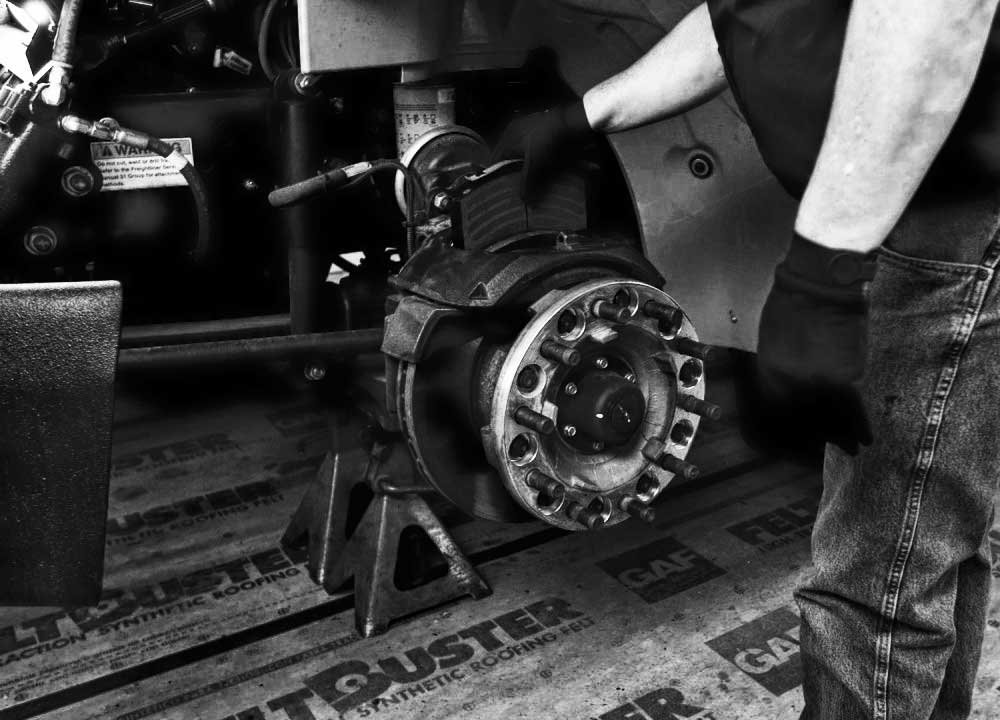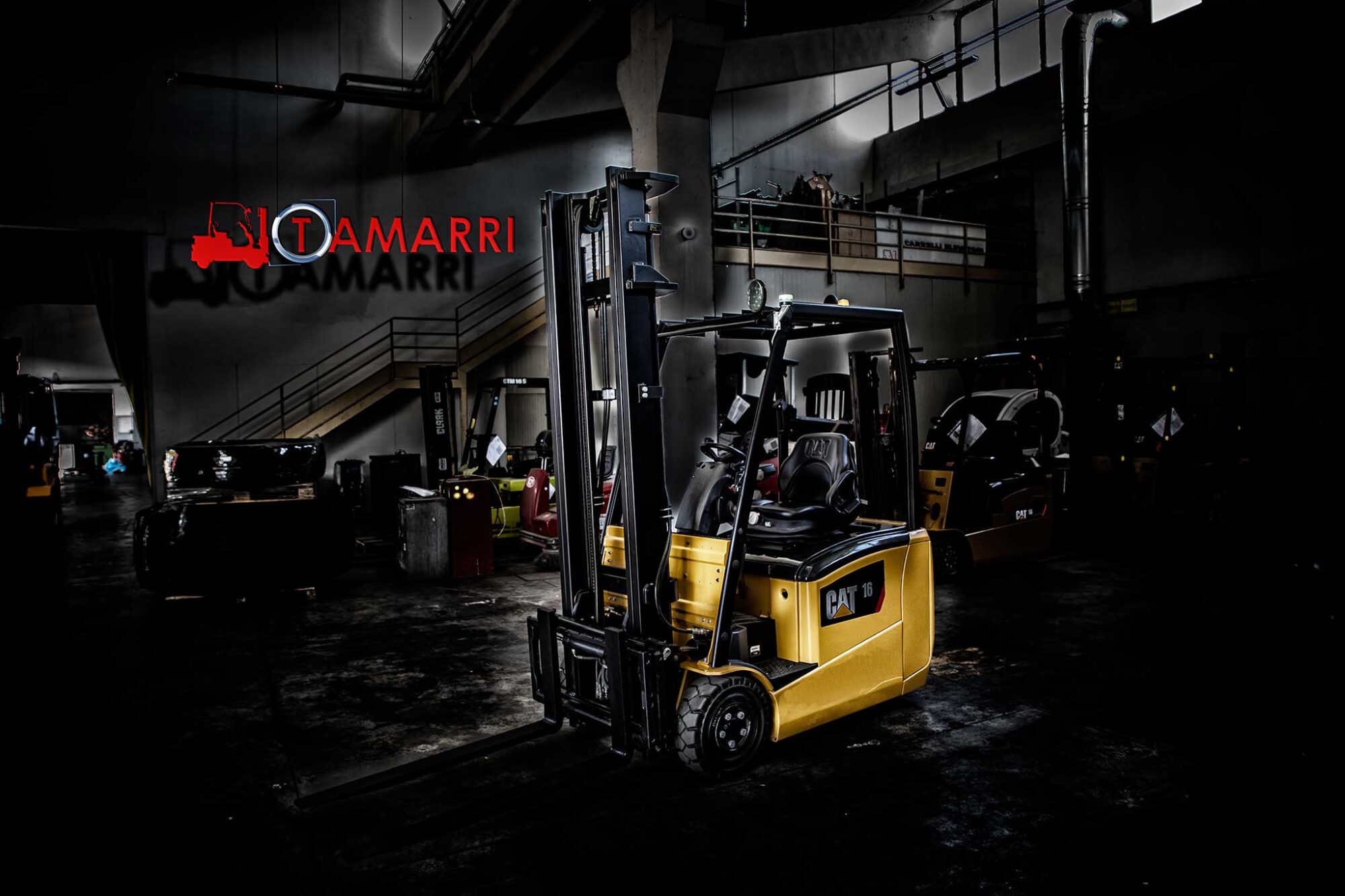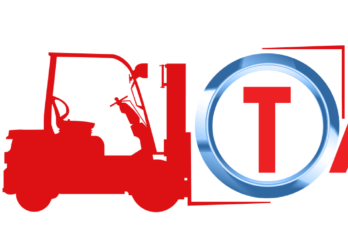Brake callipers, what they are
The braking system, of which the integrity should not be disputed, is composed of several elements, among these are the brake callipers that play a fundamental role. Brake callipers are a very important element of a forklift truck braking system, they have the function of supporting and fixing the brake pads.

There are two types of brake callipers, those which are floating and those which are fixed. Let’s see what the main differences and characteristics of these are.
Free Float
The floating brake calliper is the most used brake calliper in motor vehicles. The basis of its characteristic is to slide on guide pins. This is why it is called “floating”.
Thanks to a side slip system, it has freedom of movement compared to the brake disc (which is of the fixed type). The cylinder on one side of the brake disc pushes a pad towards the disc, when the contact occurs it begins to pull the calliper making contact possible with the pad on the opposite side of the disc.
Fixed
The fixed calliper comes, as the word itself says, rigidly fixed with screws or bolts to a support placed on the suspension upright.
A fixed brake calliper has no movement, while the brake disc can be fixed (cheap systems) or can be floating. It uses one or more pairs of small cylinders that crush the brake pads towards the disc on both sides of the same, it is more complex and more expensive than the floating type.
What problems can we encounter?
There may be several problems related to the brake calliper. Firstly, the pad can be stuck to the brake disc; the cause of this problem is mainly due to dirt but, in some cases even to humidity.
 La sporcizia impedisce il corretto movimento delle componenti, mentre l’umidità corrode le pinze dei freni. Un altro motivo di malfunzionamento da non sottovalutare, è l’usura non omogenea delle pastiglie freno. Si può verificare che una pastiglia sia più consumata di un’altra e questo dipende da frenate lievi e poco decise.
La sporcizia impedisce il corretto movimento delle componenti, mentre l’umidità corrode le pinze dei freni. Un altro motivo di malfunzionamento da non sottovalutare, è l’usura non omogenea delle pastiglie freno. Si può verificare che una pastiglia sia più consumata di un’altra e questo dipende da frenate lievi e poco decise.
Anche il liquido dei freni ha un ruolo fondamentale nel corretto funzionamento delle pinze freno. Infatti, se il liquido non viene sostituito tempestivamente, essendo igroscopico, tende ad assorbire grandi quantità di acqua, provocando la corrosione delle componenti del sistema frenante.
The dirt prevents the correct movement of the components, while the humidity corrodes the brake callipers. Another reason for malfunction that should not be underestimated is the uneven wear of the brake pads. It is possible to verify that one pad is more consumed than another and this depends on light and hesitant braking by the driver.
Brake fluid also plays a key role in the proper functioning of the brake callipers. In fact, if the liquid is not replaced promptly, being hygroscopic, it tends to absorb large quantities of water, causing corrosion of the components of the braking system.
Other than the failure to replace the liquid, the type of liquid also affects the system: using an unsuitable brake fluid – for example an excessively thick and sticky product – can significantly compromise the return of the pistons to the initial position following braking, making the entire system less safe.
From the complete braking system to the smallest detail, such as pads, gaskets, belts, we are able to supply every component for maintenance and replacement of the braking systems for any forklift. Trust our certified products and they are delivered in 24/48 hours!

